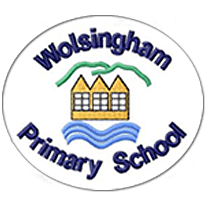Everyone wants their child to do well in reading. Apart from that nightly bedtime story, you may be wondering about what else you could be doing to make sure that your child gets off to a good start. Similarly, once your child can read independently, how do you make sure that they enjoy and keep reading? This section of the site will talk about all the things you can do to encourage them and has been adapted from Oxford University Press Oxford Owl website.
Enjoying reading together in all kinds of different situations is vital all through the primary years. But it’s also important to balance this with some focus on your child’s developing reading skills. It’s a good idea as your child gets older to revisit the tips for younger children and to continue to use those that are still useful for your child. Don’t worry about doing that at all!
Take a look below for general top tips for 3-7 year olds or 7-11 year olds or select from the panel for age specific ideas for 3-11 year olds.
At Wolsingham Primary School, our children start to learn to read using the Read, Write Inc. synthetic phonics programme, before moving on to the Accelerated Reader programme when they become more confident readers. To find out more about these programmes and how they support children’s reading, please click on the links below.


